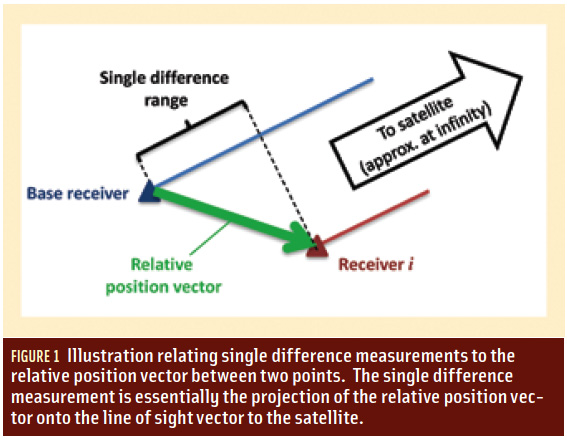Figures 3 & 4: Keeping the Spoofs Out
Return to main article: "Keeping the Spoofs Out"
By Inside GNSSReturn to main article: "Keeping the Spoofs Out"
By Inside GNSSReturn to main article: "Keeping the Spoofs Out"
By Inside GNSSReturn to main article: "Keeping the Spoofs Out"
By Inside GNSSUp here in the beautiful Pacific Northwest — yes, the sun is shining; hence, my enthusiasm — we have a wealth of wildlife. It goes nicely with the splendid landscape.
We have birds of all songs and colors. (Migratory Western tanagers passing through right now.) A selection of bears, mountain lions, the occasional wildcat. A surfeit of deer.
Even buffalo and grey wolves are making their comeback.
By Inside GNSS Figure 1
Figure 1Q: How do you compute relative positions with GNSS?
A: GNSS is well recognized as an excellent means of computing position, but many people think that GPS only provides absolute position information. However, GNSS can also provide relative position information. In this column, we will look at some of the details of how this is done.
By Inside GNSSAfter a long series of fits and starts, the Department of Homeland Security is tackling the issue of interference to the GPS signal. The agency has launched a study to assess the risks to GPS service from a variety of sources — a study that, at least on paper, will lead to a plan to mitigate interference.
Unfortunately, the effort will not directly address the one potential problem consuming the thoughts of the GPS community — widespread receiver overload from the high-powered mobile broadband service proposed by the Virginia firm LightSquared.
By Dee Ann DivisThe demand for techniques capable of authenticating the GNSS signals and detecting simulation attacks (spoofing) has increased exponentially in the last years, mainly targeted to financial and safety critical applications.
Associated proposals and developments addressing these issues focused on two different approaches: user segment authentication services that leveraged existing services in order to detect signal spoofing and that integrated signal authentication services into the GNSS system itself.
By Inside GNSSWorking Papers explore the technical and scientific themes that underpin GNSS programs and applications. This regular column is coordinated by Prof. Dr.-Ing. Günter Hein, head of Europe’s Galileo Operations and Evolution.
By Inside GNSSReturn to main article: “Coherent Integration Time Limits”
By Inside GNSSReturn to main article: “Coherent Integration Time Limits”
By Inside GNSSReturn to main article: “Coherent Integration Time Limits”
By Inside GNSSReturn to main article: “Coherent Integration Time Limits”
By Inside GNSS